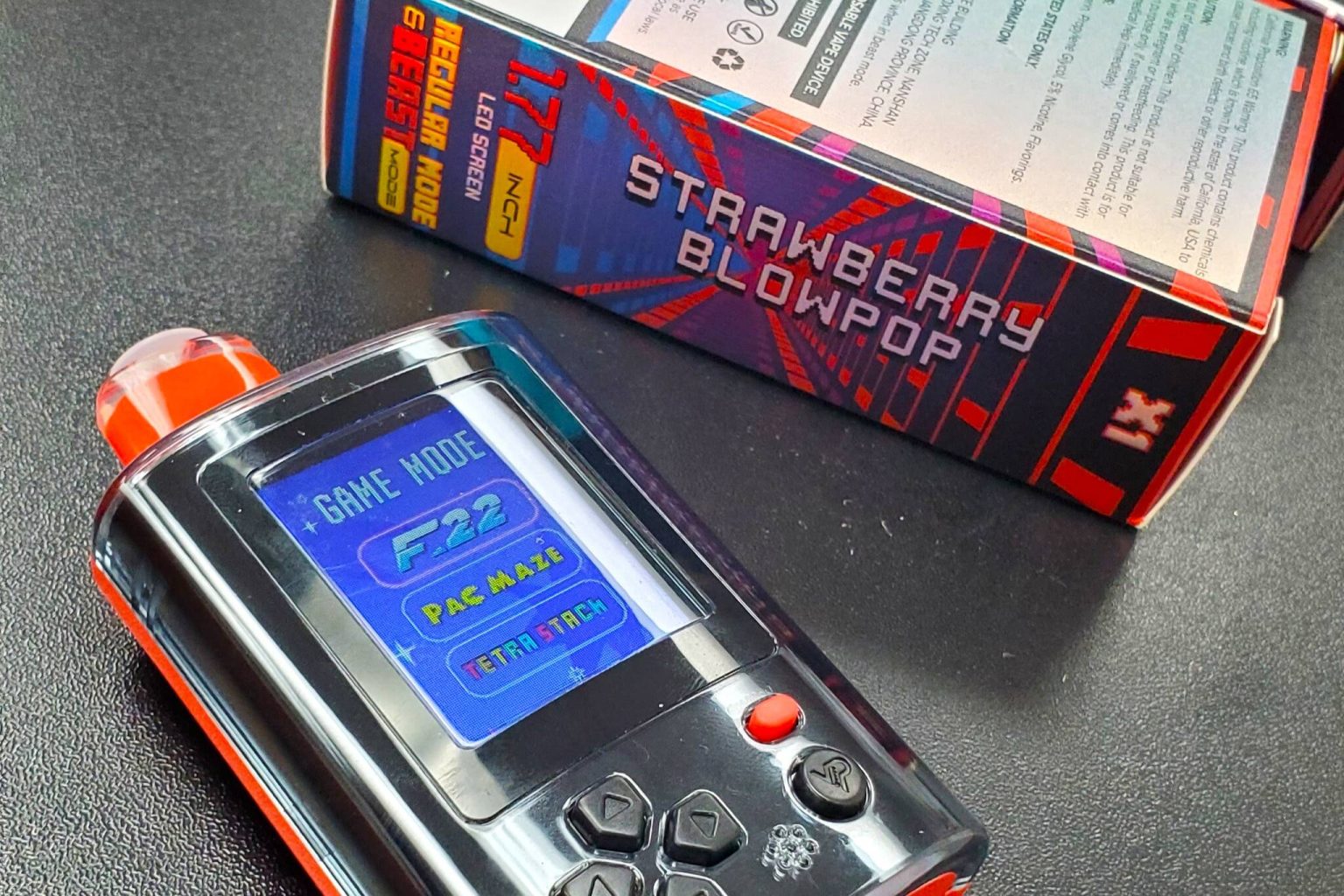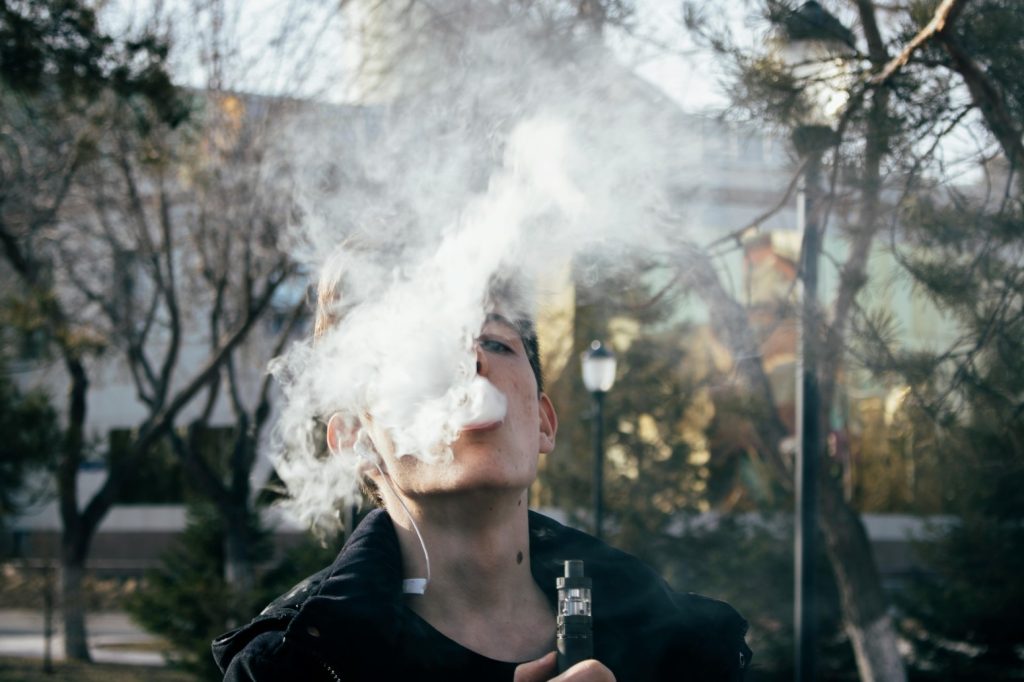Detailed guide explaining how vape devices, e-liquid, and vapor function.
By K Futur UncategorizedThe US government is ramping up its efforts to clamp down on illegal vaping products that are deliberately designed to appeal to teenagers. In the first half of 2025 alone, seizures of illicit vape devices have reached a staggering street value of $60.3 million. Many of these products are being smuggled into the country from China and are disguised in alarming and deceptive ways — including as backpacks, highlighters, headphones, and even handheld gaming consoles. This covert packaging makes it easier for children to hide the devices from parents and teachers, raising major public health concerns.
Authorities across the US have been overwhelmed by the scale of the problem. In Louisiana and Chicago, enforcement agencies have been forced to drastically expand their storage facilities to accommodate the ever-growing number of confiscated devices. In Chicago alone, police are currently holding more than 4 million vape sticks. But officials have warned that this enormous quantity is “just a small fraction” of the illegal products circulating in communities.
Despite a federal ban on flavoured e-liquids, many convenience stores and vape outlets across the country are continuing to sell sweet and fruity flavours — a known attraction for younger users. Flavours such as cotton candy, mango, and bubblegum remain readily available, often sold in colourful, eye-catching packaging that mimics the style of youth-centric products like sweets, tech gadgets, or cosmetics.
Brian King, a former official at the U.S. Food and Drug Administration (FDA), has criticised the multi-layered approach used to lure underage users. Now an executive vice president at the Campaign for Tobacco-Free Kids, King warned that it’s not just the flavours and product designs that are concerning — it’s also how these products are being marketed.
“It’s a variety of factors,” said King. “We do know that flavours are enticing to kids, but we also know that they’re promoted in channels that can be appealing to kids, including on social media and elsewhere.”
Indeed, many vape brands — legal and illegal — are using TikTok, Instagram, and other social media platforms to promote their products with slick visuals and influencer endorsements, often bypassing age restrictions and advertising regulations. These tactics mirror the same methods once used by Big Tobacco to target young people, despite widespread public backlash and increased scrutiny.
According to the FDA, vaping products are currently the most widely used nicotine product among youth in the United States. Health experts warn this trend is fuelling a new generation of nicotine addiction, with long-term consequences for public health and adolescent brain development.
With law enforcement ramping up seizures and advocacy groups pushing for tighter controls, the US government faces a critical challenge: stopping the flood of teen-targeted illegal vapes while preventing another youth nicotine crisis from taking hold.
Further Reading:
For a UK comparison, read Illegal Vapes Seized in Poole. For the global policy picture, see New York Flavour Ban.
consumer-behaviordigital-culturetiktok-trendswellness-trendsyouth-sport






